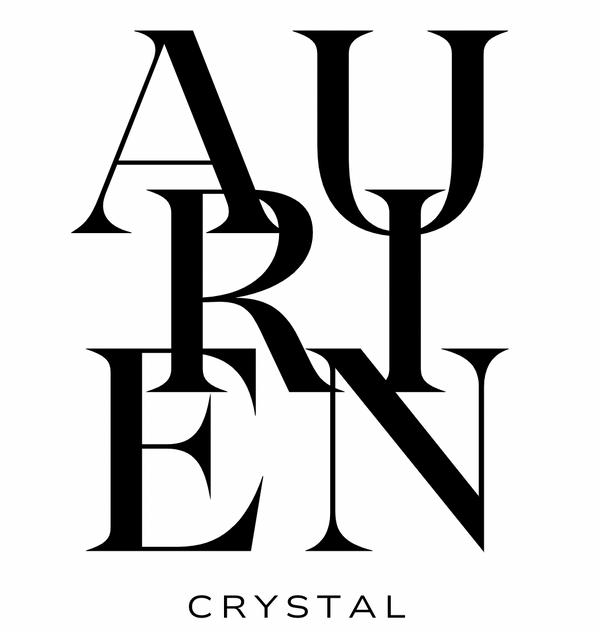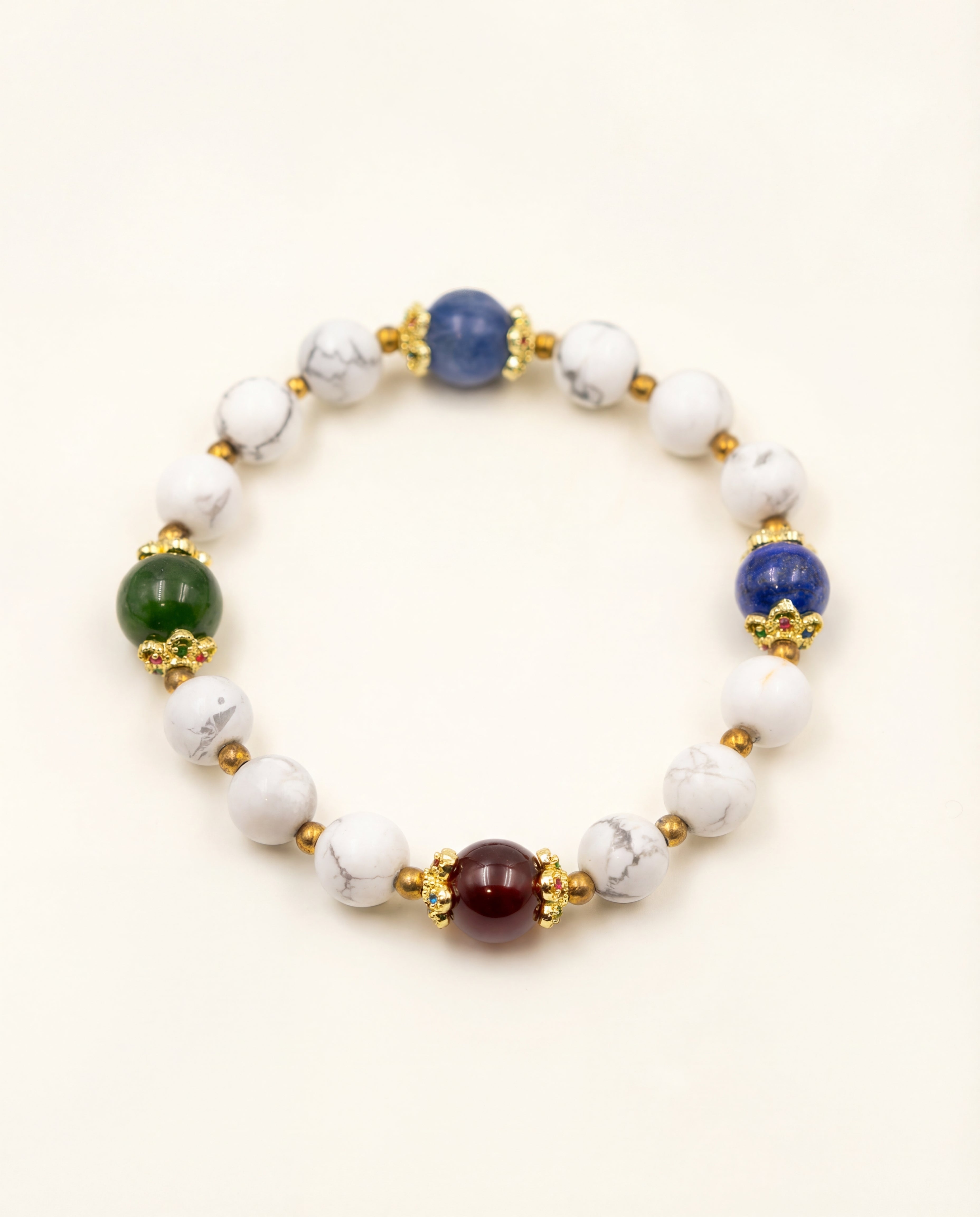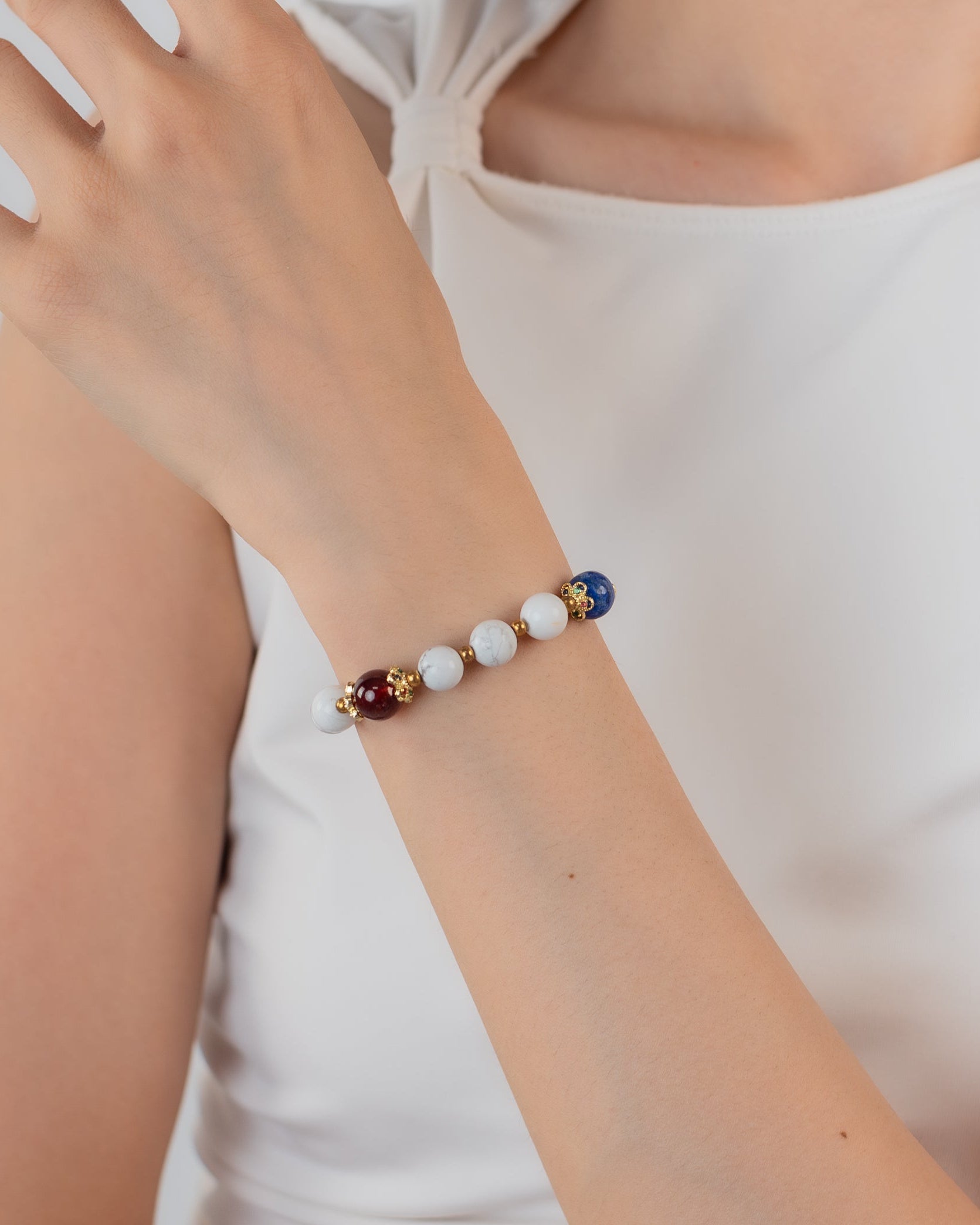Collection: Nepalese Kyanite
Nepalese Kyanite Bracelet — FAQ
What is Nepalese kyanite and where does it come from?
Kyanite is an aluminum silicate mineral known for vivid blue hues and linear striations. Nepalese material—mined in the Himalayan belt—is admired for its saturated royal-to-cornflower color and bright transparency, ideal for beads and cabochons.
What color and look should I expect?
Expect royal to cornflower blue with silvery streaks from natural striations. Kyanite shows subtle pleochroism—tones can shift from deep blue to slightly greenish/gray depending on the viewing angle and light.
Is kyanite the same as sapphire or iolite?
No. Sapphire is corundum (harder, usually single-toned). Iolite is cordierite with strong trichroism (often violet-blue). Kyanite has linear striations, directional hardness, and a distinctive silky-blue look.
Is kyanite durable for bracelets and daily wear?
Kyanite has directional hardness (about 4.5–5 along one axis and 6.5–7 across), plus pronounced cleavage. It’s wearable with care: avoid hard knocks/pressure and store pieces separately to protect edges and polish.
Can it get wet? Shower or swim?
Brief water contact is okay, but avoid long soaks, hot tubs, chlorinated pools, and saltwater. Dry after wear and keep elastic/metal components away from perfumes and strong cleaners.
How do I clean a Nepalese kyanite bracelet?
Use warm water + mild soap and a soft cloth; rinse and dry. Skip ultrasonic and steam cleaners—directional cleavage means gentler methods are best.
Is kyanite heated or dyed?
Fine Nepalese strands are typically untreated. Lower-grade material elsewhere may be dyed to intensify blue—watch for overly uniform color or dye in drill holes. Choose sellers who provide transparent treatment disclosure.
How can I tell real kyanite from dyed quartz or glass?
Real kyanite shows parallel striations, slight color zoning, and a cool, dense feel. Dyed quartz/glass tends to be bubble-free and too even in color; glass may show bubbles. Reputable sourcing (and lab reports for high-value items) help verify authenticity.
What does kyanite symbolize?
Many wearers choose kyanite as a reminder of calm alignment, thoughtful communication, and clear focus—belief-based associations some use for intention-setting and mindful routines.
6 mm vs 8 mm — which bead size looks better for kyanite bracelets?
6 mm reads refined and stack-friendly; 8 mm delivers more color presence per bead. Choose by wrist size and your preferred visual weight.
How do I measure my wrist for a Nepalese kyanite bracelet?
Measure a snug wrist with a soft tape, then add 0.5–0.7 in (1.2–1.8 cm) for elastic comfort. Guide: S ≈ 5.5–6 in, M ≈ 6–6.5 in, L ≈ 6.5–7 in.
What stacks well with Nepalese kyanite?
For a luminous contrast, pair with baroque pearls; for warmth, add gold-plated accents; for a crisp graphic mix, include black onyx. Clear quartz brightens the stack without shifting the deep-blue palette.


